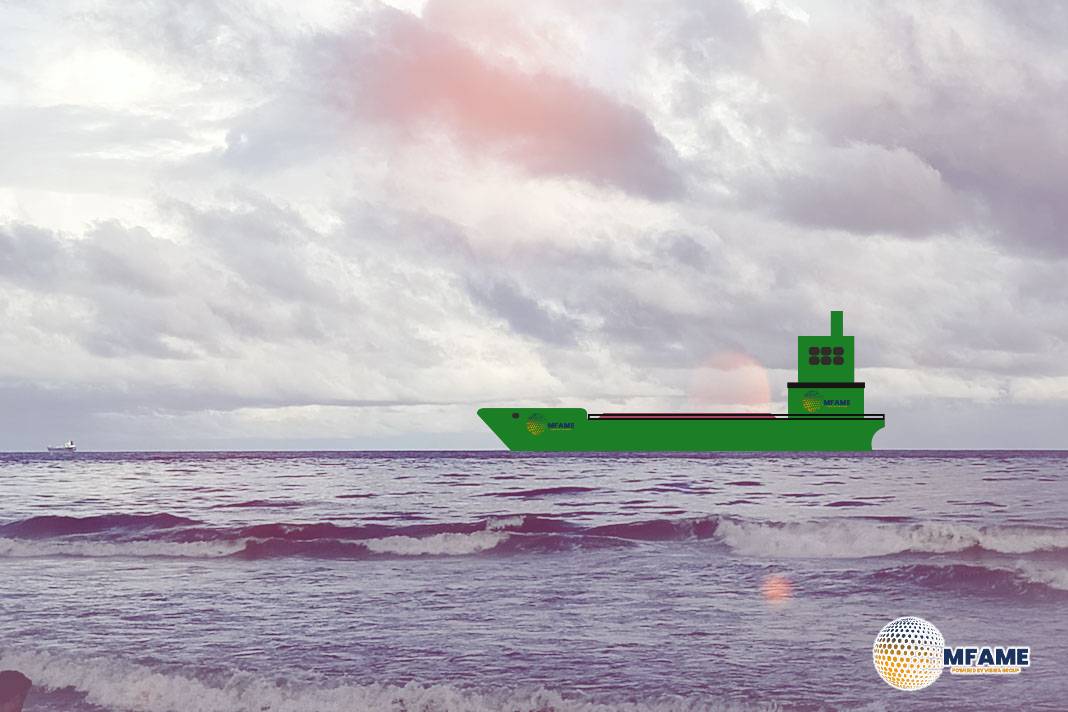- MoU with the US Opens Door for Collaboration and Naval Maintenance Contracts.
- Japan’s Global Shipbuilding Share Falls to Record Low of Just Over 10%.
- Imabari, JMU, and Mitsui E&S Lead Consolidation Amid Industry Restructuring.
The Shipbuilders Association of Japan (SAJ), which represents 17 major shipbuilding companies, has unveiled plans to invest around $2.3 billion into the domestic industry. With additional support from the public sector, this investment could boost the total to an impressive $6.5 billion by 2035. The focus of this initiative is to modernise shipyards by replacing outdated machinery, installing larger cranes, and embracing cutting-edge automation and digital technologies. At the same time, Japan’s government has entered into a memorandum of understanding with the United States to strengthen bilateral cooperation. This agreement opens the door for U.S. orders at Japanese shipyards and maintenance contracts for U.S. Navy vessels, reports Break Wave Advisors.
Market Share Decline Amid Global Competition
Once a powerhouse in global shipbuilding, commanding over 35% of new orders, Japan has seen its market share dwindle as China has surged ahead. The country’s global share dropped from 26% in 2017 to just over 10% in 2025, hitting a record low.
Currently, China dominates the global orderbook with a staggering 68%, followed by South Korea at 18%, while Japan holds a mere 10%. Together, these three nations account for nearly 96% of all orders by deadweight tonnage (dwt). Japan’s orderbook consists of 737 vessels totalling 40.7 million dwt, primarily bulk carriers, tankers, and containerships. Notably, there are no orders for LNG carriers, which underscores a competitive gap with regional rivals. Among these vessels, 10% are capable of running on methanol, 4% on LNG, and 32% are equipped with scrubbers.
Industry Consolidation and Strategic Realignments
In the face of growing challenges, Japanese shipyards have been making some major changes to stay competitive. For instance, Imabari Shipbuilding has upped its investment in Japan Marine United (JMU) to tap into better economies of scale. On the flip side, Mitsui E&S has decided to pull back on its shipbuilding operations, shutting down the Chiba yard and shifting most of its newbuilding projects to Tsuneishi. Similarly, Sasebo Heavy Industries stepped away from newbuilding in 2022 to concentrate on repair and machinery services. These moves highlight the industry’s strategy to streamline operations and bolster its resilience against global competition.
Structural and Workforce Challenges Persist
Japan’s shipbuilding industry is still grappling with structural hurdles, like limited coastal space for expansion and an ageing workforce. With many employees approaching retirement, the sector has increasingly turned to foreign labour, which now accounts for about 20% of the workforce, a significant jump from nearly none a decade ago. To ensure ongoing skills development, specialised training centres have been set up across the country.
Innovation at the Core of Future Strategy
The country is putting a lot of effort into creating zero-emission vessels, autonomous ships, and IoT-enabled systems, collaborating with research institutes, universities, and tech think tanks along the way. By 2040, Japan has set an ambitious goal for half of its domestic fleet to be autonomous, aiming to establish itself as a global leader in sustainable and smart shipbuilding. Instead of focusing on mass production, Japan is all about high-value technological solutions that boost vessel performance, safety, and quality.
Outlook: Quality and Technology Over Quantity
Shipbuilding is still a crucial part of Japan’s maritime economy, and with ongoing structural reforms and tech investments, a gradual recovery is on the horizon. With a strong foundation in total quality management and innovation, Japanese shipbuilders are committed to prioritising quality over quantity. While Japan’s share of the global market is expected to stay relatively stable, its dedication to eco-friendly, high-efficiency vessels and strategic partnerships could enhance profitability and solidify its international reputation in the coming years.
Did you subscribe to our daily Newsletter?
It’s Free Click here to Subscribe!
Source: Break Wave Advisors


















